Luxury, Calm, and Ecocide: GRÉGORY SALLE on Superyachts
|Shane Anderson
If you’ve ever wanted to take a bath in champagne, you’re not alone. The Russian oligarch Roman Abramovich had his superyacht’s rain shower outfitted with a switch that would allow him and his guests to take bubbly showers. While this may seem like a crime against nature, it isn’t the only one that superyachts can be accused of. In his recent book, Superyachts: Luxe, calme et écocide (2022), the French sociologist Grégory Salle comes to terms with the wrongs caused by superyachts and suggests that they’re a symptom of our era.

SHANE ANDERSON: Could you talk about the inception of the book?
GRÉGORY SALLE: I never thought I would write about luxury yachts, a topic I knew nothing about and that never interested me. It came from a proposal by an editor in France. Originally, it was about another subject—the beach—that my colleague/partner and I were working on as social scientists, digging up archives, collecting data… But at the time we weren't ready to turn it into a book. I really liked the spirit of this collection, however, whose initial call was to publish “literary documentaries”—texts mixing cold analysis and lively narration to criticize how capitalism operates, between social sciences, journalism, and literature. After some thought, so-called superyachts came to mind.
SA: Why?
GS: I could see some of them during the fieldwork we were doing on the peninsula of Saint-Tropez in the high season. They occupy the entire horizon of a famous beach named Pampelonne, which was an observation post for us, and still is. Besides, they had been in the news in France due to a tax reform, which caught my attention.
I figured that the spirit of the collection on this topic would allow me to play with different writing styles, injecting strokes of humor, opting for short chapters, and removing heaviness by eliminating footnotes. In short, I wanted to try something that doesn't take itself too seriously, even though it deals with serious issues.
SA: Why are superyachts the proper subject for such an approach?
GS: Well, the apparent subject is obviously “superyachts,” and indeed, it is about them, from different points of view. But this is not to focus narrowly on them; rather, it is to make them an object that reveals broader trends or patterns. It is less a book about the world of superyachts than a book about superyachts and their world.
What I mean by this twist—which is inspired by a well-known radical political slogan in France—is that the book does not offer a description from the inside, nor is it based on a proper investigation. On the contrary, it remains posted outside, trying to use this imposing yet seemingly frivolous commodity, limited to a tiny few wealthy people, to address major issues that ultimately concern everyone: economic inequality, social domination, environmental harm.

SA: How do they express issues that concern everyone?
GS: How wealth is distributed, to begin with. The rise of superyachting obviously mirrors what economist Branko Milanović, among others, calls “the emergence of global plutocracy,” in the very same world that is also a “planet of slums,” as Mike Davis wrote. Extreme wealth and extreme poverty should not be conceived separately, but together. In between, there is the way in which the lifestyles of the wealthiest contribute to shaping common living spaces. Superyachts depend on a wealth-oriented seaside economy, gradually transforming surrounding territories. Think about the general increase in the property value of coastal housing, for instance, and thus the price of rents.
Now take a work perspective. We hear about those who use superyachts, but much less those who work on them, and even less those who build them—only the designers, but not the manual workers. This is the business-as-usual exploitation of labor. This is why, in order to understand the contribution of the “super-rich” to climate change, it is necessary to look not only at consumption but also at the organization of production, property relations, and so on—something we are all engaged in.
There is also the environmental impact of this practice, which is colossal, especially when related to the number of passengers. The air pollution generated by CO2 emissions immediately comes to mind. Yet the carbon footprint is only the most known facet of the harm caused. This is why the book focuses on a lesser-known aspect, the degradation of an underwater species called Posidonia oceanica, which is vital for the Mediterranean ecosystem. Without it, there would be no Mediterranean, as we know it. Of course, its decline affects the locals more directly, but it is part of an environmental damage that concerns us all.

SA: What is the Posidonia oceanica?
GS: It is the name of a seagrass species, a flowering plant actually and not a seaweed as it is still sometimes believed, which forms a kind of underwater meadow. There are now many scientific studies that map its regression. It is more or less significant depending on the areas, but overall, it’s very worrying.
SA: The German version has the subtitle: “Luxury and Calm in the Capitalocene.” Can you elucidate?
GS: The German subtitle actually differs from the French version. On the initiative of the translator and the editor, “Luxury, Calm, and Ecocide” [Luxe, calme et écocide] has become “Luxury and Calm in the Capitalocene” [Luxus and Stille im Kapitalozän]. This makes two significant changes.
The first one is that the veiled reference in the French subtitle is partially lost. It was a somewhat provocative nod to a famous line by Charles Baudelaire (“luxe, calme et volupté”, the last word meaning exquisite/sensual pleasure or delight) in a poem called “L’invitation au voyage.” But it is also, more importantly, an allusion to a painting of the same name by Henri Matisse, made in Saint-Tropez in 1904, when he was in the region as a guest of his fellow painter Paul Signac. It is thus a reference to this famous town, where the book begins.
Also, replacing “ecocide” with “Capitalocene” is not a minor change. These two terms are debated, and in a way related, but they do not refer to the same exact thing: one refers to a serious damage to the environment, the other to a historical or even geological era. But in both cases, the point is to show that, after all, superyachts somehow lead to or express one or the other.
SA: Why then Capitalocene and not Anthropocene? That’s also described as a geological era.
GS: The concept of “Capitalocene” has been proposed by several authors, notably Donna Haraway, Andreas Malm, and Jason Moore, due to the blind spots of that of “Anthropocene.” The latter has arguably many merits, notably that it abandons the idea of “crisis” and replaces it with the idea of a vast and deep turnaround. The problem, however, is that it seems to blame humankind in general, which is not only vague but also false. Using this term implies that it is the organization of social life under the rule of capital, or the very dynamics of industrial capitalism, that are at the root of climate disruption and environmental destruction more broadly.
That said, this term itself has its own weaknesses. One is that it can give the impression of minimizing the massive environmental damage in the former Eastern bloc. Two French colleagues, Christophe Bonneuil and Jean-Baptiste Fressoz, have shown that we may speak of “Thermocene” (from thermos, heat), “Thanatocene” (from thanatos, death), or “Phagocene” (from phagein, to eat), for instance. Also, one can argue that Anthropocene is suitable to name a geological epoch, not only a historical era. So, the debate goes on.


SA: Returning to the subtitle, I’d be curious to hear more about the notion of calm.
GS: It may seem like a paradox, as luxury yachts are readily associated with a flashy image or simply with partying. They are certainly the epitome of “conspicuous leisure,” to borrow a concept coined by economist/sociologist Thorstein Veblen over a century ago. At the same time, such a “floating palace” is also a place of retreat or retrenchment for its occupants, a break from the ordinary world in a kind of safe bubble apart. There is even an advertisement by the Worldwide Yachting Association that makes this rather clear with the slogan: “Superyachts: create your own calm.”
Of course, this taste for “calm” must be sociologically understood. It means the desire to remain among peers, with people of one’s own social kind, of the same class and lifestyle. This is also what explains the undiminished growth of the sector in the wake of the Covid-19 epidemic: for the super-rich, it is a comfortable way to practice “social distancing.” Which, given the scale of inequality, should rather be called social separatism.
SA: So, there’s an inherent dichotomy in superyachts.
GS: Yes, especially in terms of (in)visibility. In one respect, superyachts are all show, which makes them revealing in the context of financial capitalism: unlike financial assets, bank accounts or so-called “tax havens,” they make wealth visible and tangible again. At the same time, however, they are also vehicles of opacity. Not only because the inside remains out of access and may hide things, but also because they allow liberties to be taken with tax rules or labor legislation.
Another way of grasping the ambivalence between discretion and ostentation is the idea of “conspicuous seclusion.” It refers to a form of social reserve or retreat that is meant to be noticed. Withdrawing into your superyacht and then staging this exclusive escape on social-digital networks, typically.
SA: And you’ve described superyachts as a symptom of our age, right? How is that so?
GS: Superyachts are generally criticized as excessive, “over the top.” But then, there is a risk of narrowing down the issue to a mere matter of proportion. Let’s reduce it and everything will be fine. On the contrary, saying that superyachting is a symptom of our age is arguing that it is no accident or drift. It is a reflection of a general situation, in which social relations and ecological balance are out of control or upside down.
SA: Have you ever been on a superyacht?
GS: No. And I don't intend to! I don’t neglect the technical wizardry and the professional skills involved in it. But let’s say that these skills could certainly be used for more useful social purposes.
Credits
- Text: Shane Anderson
Related Content

CARBON FIBER SUNSET: 032c at the America’s Cup in Bermuda
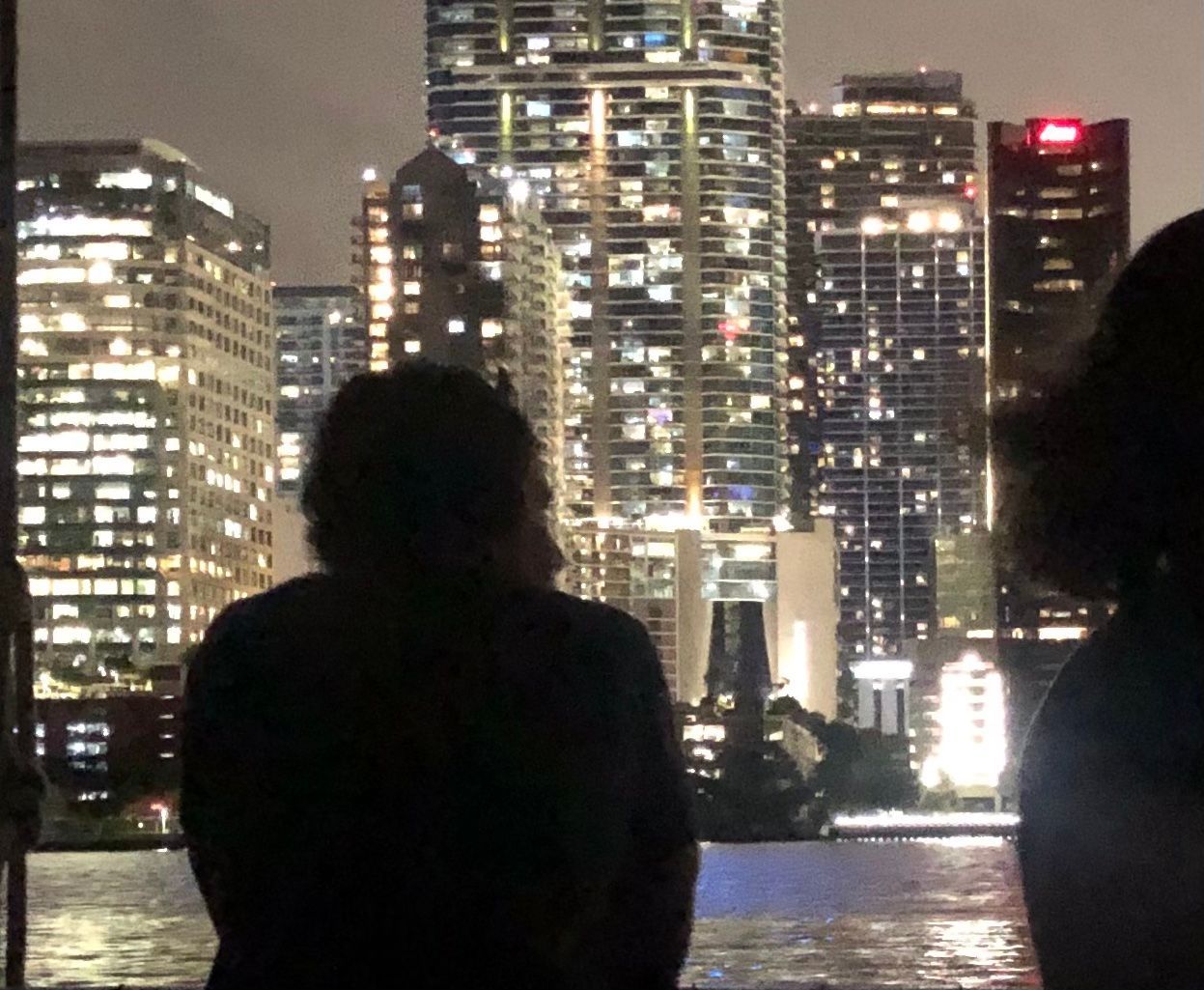
Art World Resorts: On at Art Basel in Miami Beach
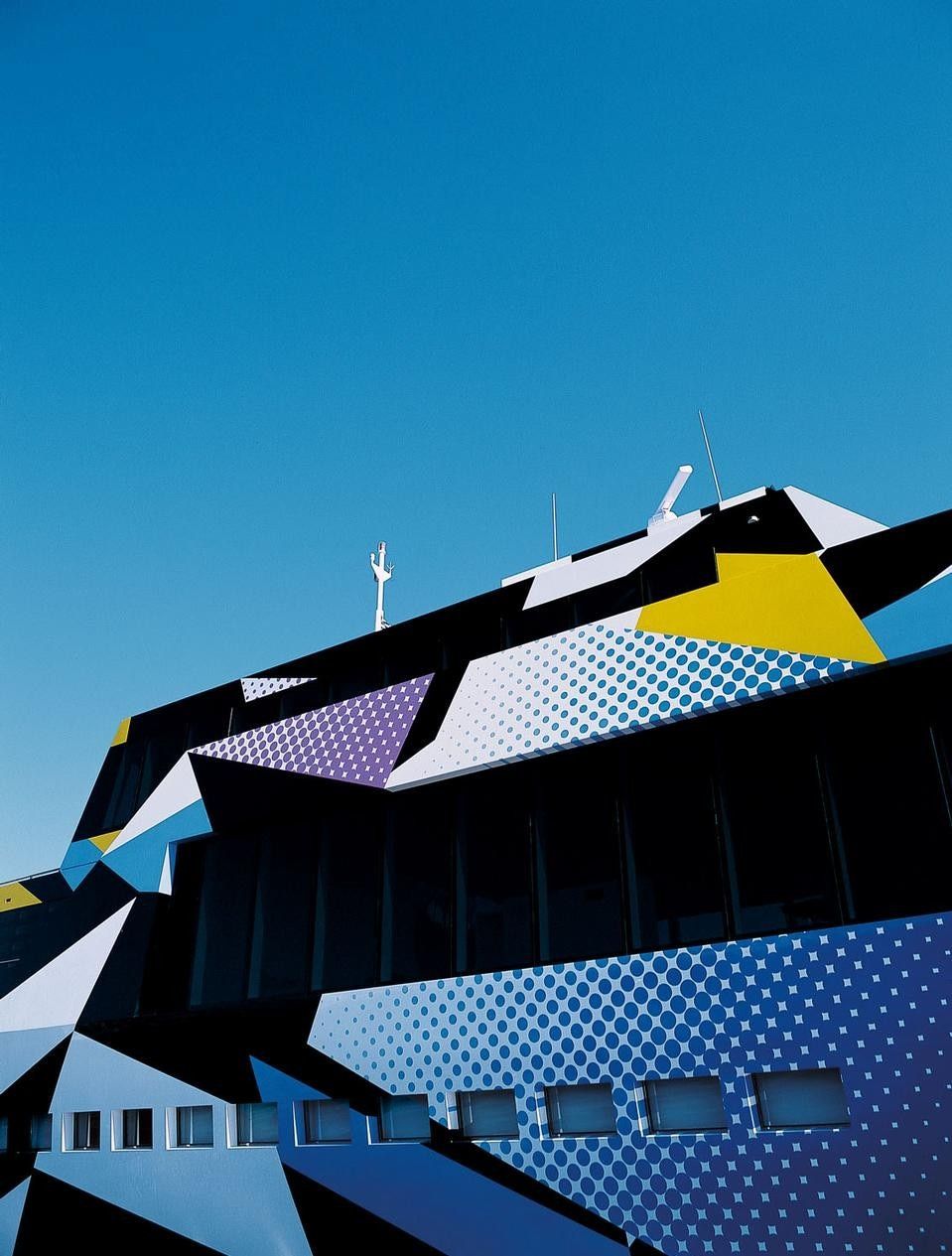
DAKIS JOANNOU: A Story of a Collector Told Through Four Works in His Collection
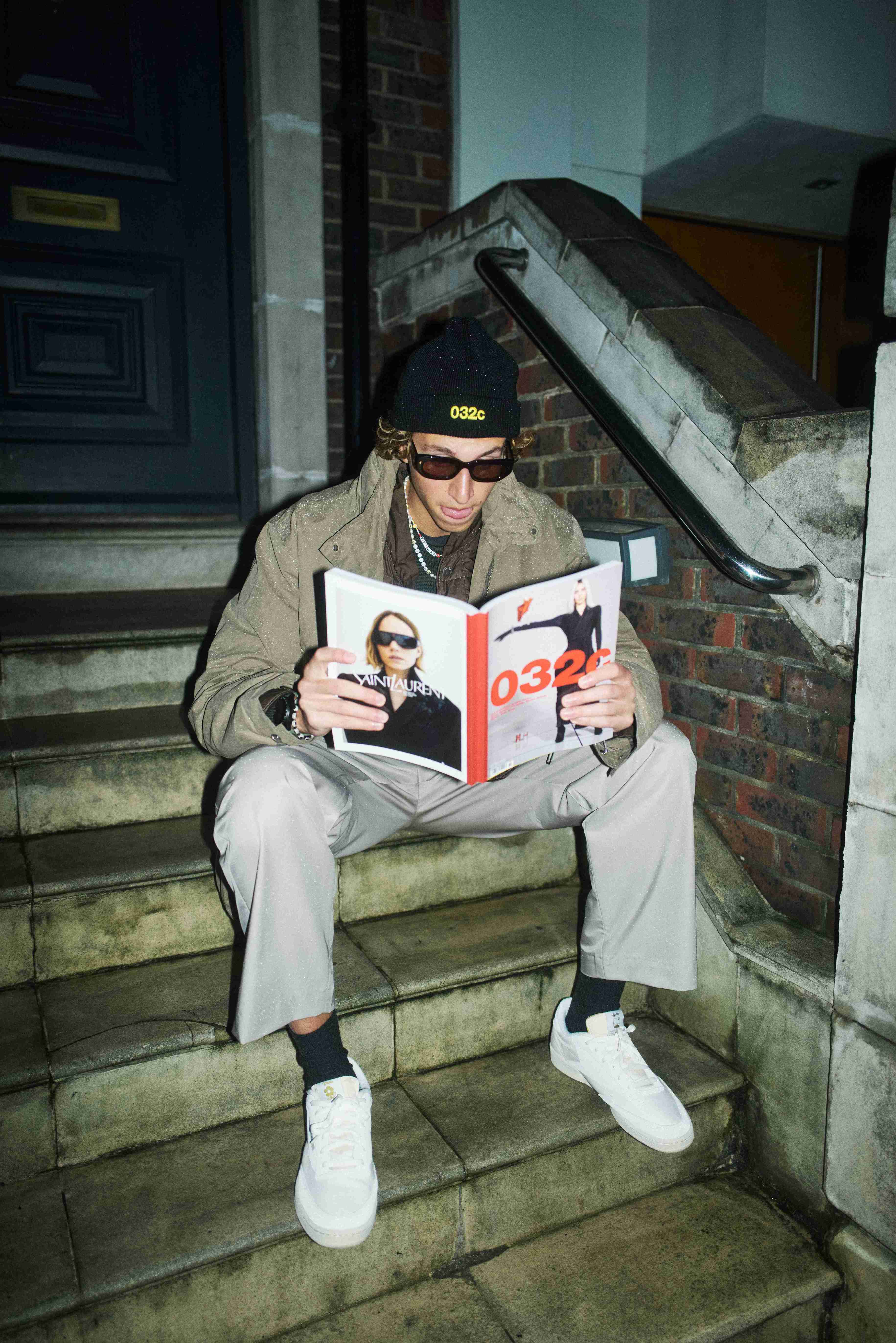
Brenda’s Business with GSTAAD GUY
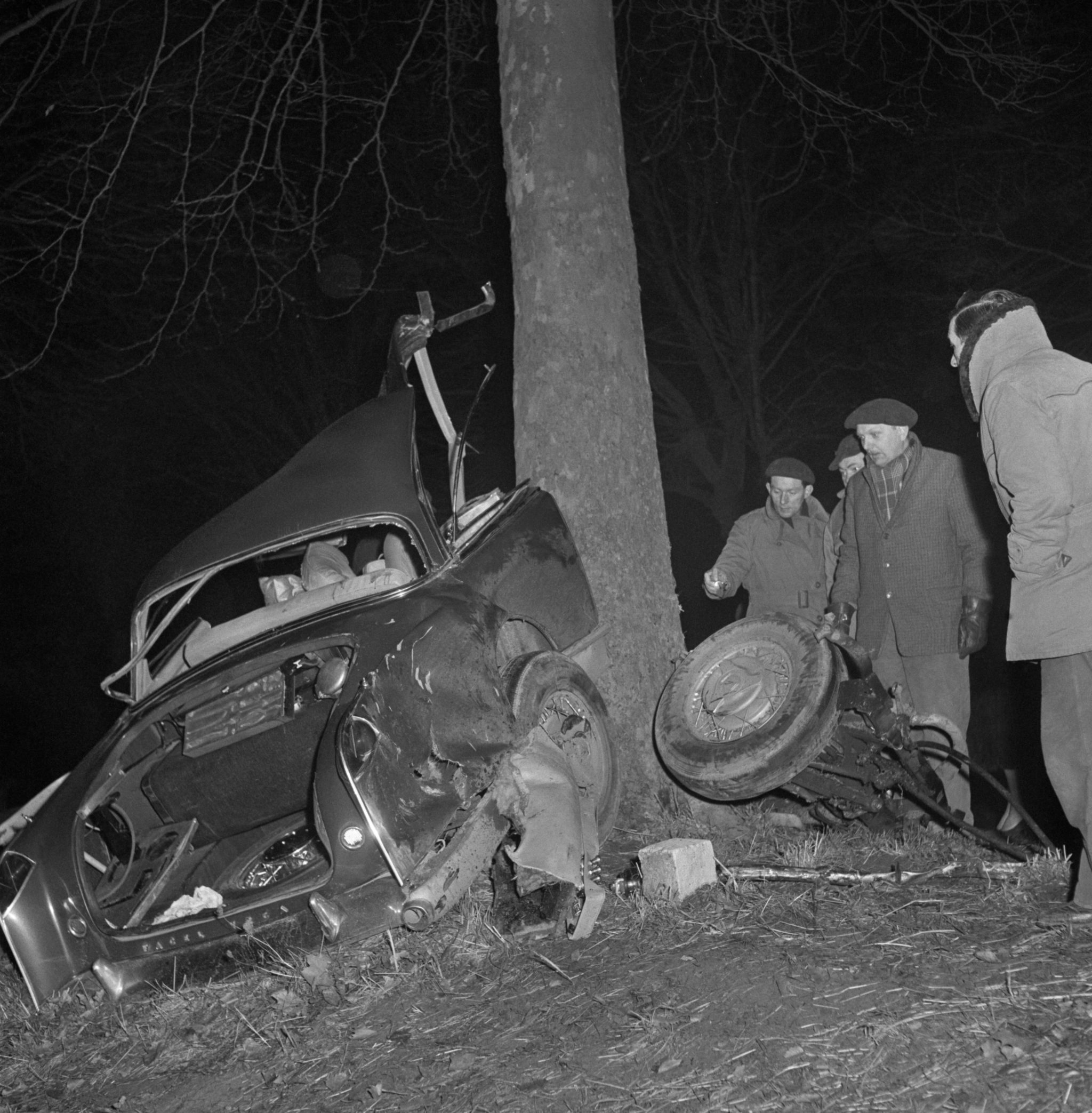
STEPHEN BAYLEY on CRASHED CARS and the DEATH OF THE MODERN ERA

Woof Woof
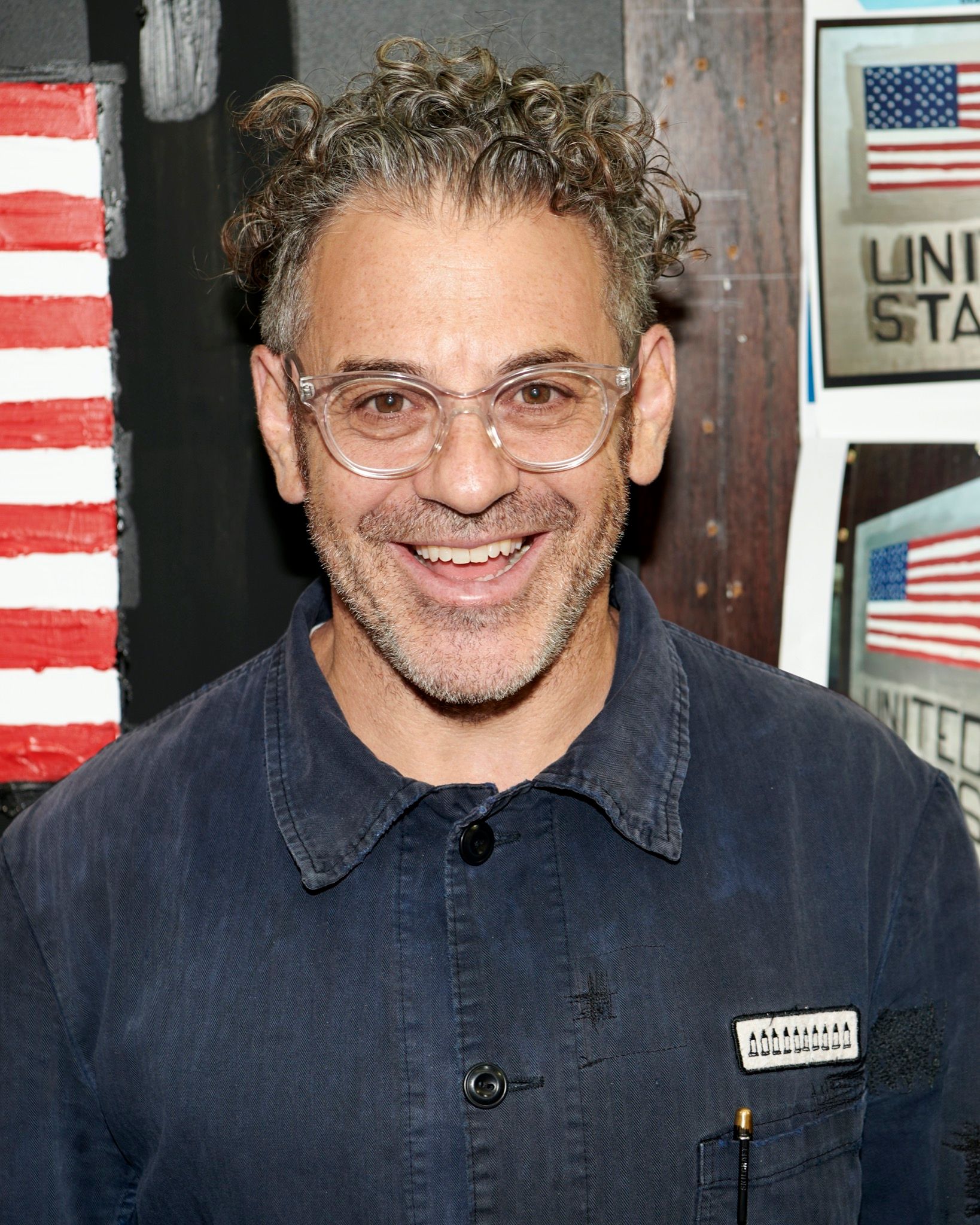
For TOM SACHS, Money is No Object

Transmissions: Culturecure